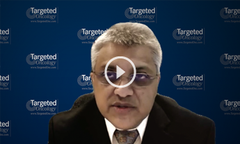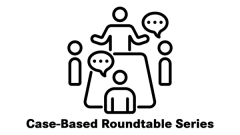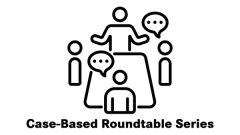
Managing Infections During Bispecific Therapy for Multiple Myeloma
Shaji Kumar, MD, discusses the incidence and management of infections in patients receiving teclistamab-cqyv or other bispecific agents for relapsed/refractory multiple myeloma.
Episodes in this series

Shaji Kumar, MD, a professor of medicine and a consultant in the division of hematology at Mayo Clinic in Rochester, Minnesota, discusses the incidence and management of infections in patients receiving teclistamab-cqyv (Tecvayli) or other bispecific agents for relapsed/refractory multiple myeloma.
Teclistamab, a B-cell maturation antigen [BCMA]–targeted bispecific T-cell engager, was approved based on the phase 1/2 MajesTEC-1 trial (NCT03145181; NCT04557098). One significant adverse event (AE) reported in the trial was infection, which occurred in 76.4% of patients, with 44.8% reporting grade 3 or 4 infections. Kumar says that opportunistic infections are seen in patients who are heavily immunosuppressed due to the disease and the effect of therapies. He says this makes it important to monitor patients as they receive teclistamab in routine practice.
Risk of infection may be related to BCMA-targeted therapies depleting B cells and plasma cells, leading to hypogammaglobulinemia, which was reported in 74.5% of patients in the trial. Kumar says that identifying infections early and giving intravenous immune globulin (IVIG) to patients who have low serum immunoglobin are important management practices for teclistamab.
TRANSCRIPTION:
0:08 | One important set of [AEs] that has been noted with teclistamab and other bispecific antibodies has been infections. Now [over] two-thirds of the patients on teclistamab had infections and almost half of them—that means a third of the patients got a grade 3 or 4 infection. Now what has been concerning is some of these infections are what we call opportunistic infections that are seen in heavily immunosuppressed patients. So clearly, we need to get a better handle on that particular set of AEs. And I think careful monitoring as patients start getting this drug in the routine practice is going to be very important.
0:48 | Now part of that is probably related to the fact that the BCMA is also present on the B cells and these therapies lead to profound depletion of the B cell population, and normal plasma cells, leading to significant hypogammaglobulinemia. So identifying infections early on, treating them aggressively, as well as trying to prevent infections with IVIG infusions in patients who are profoundly hypogammaglobulinemic, all are going to be important part of the management of these patients.















































